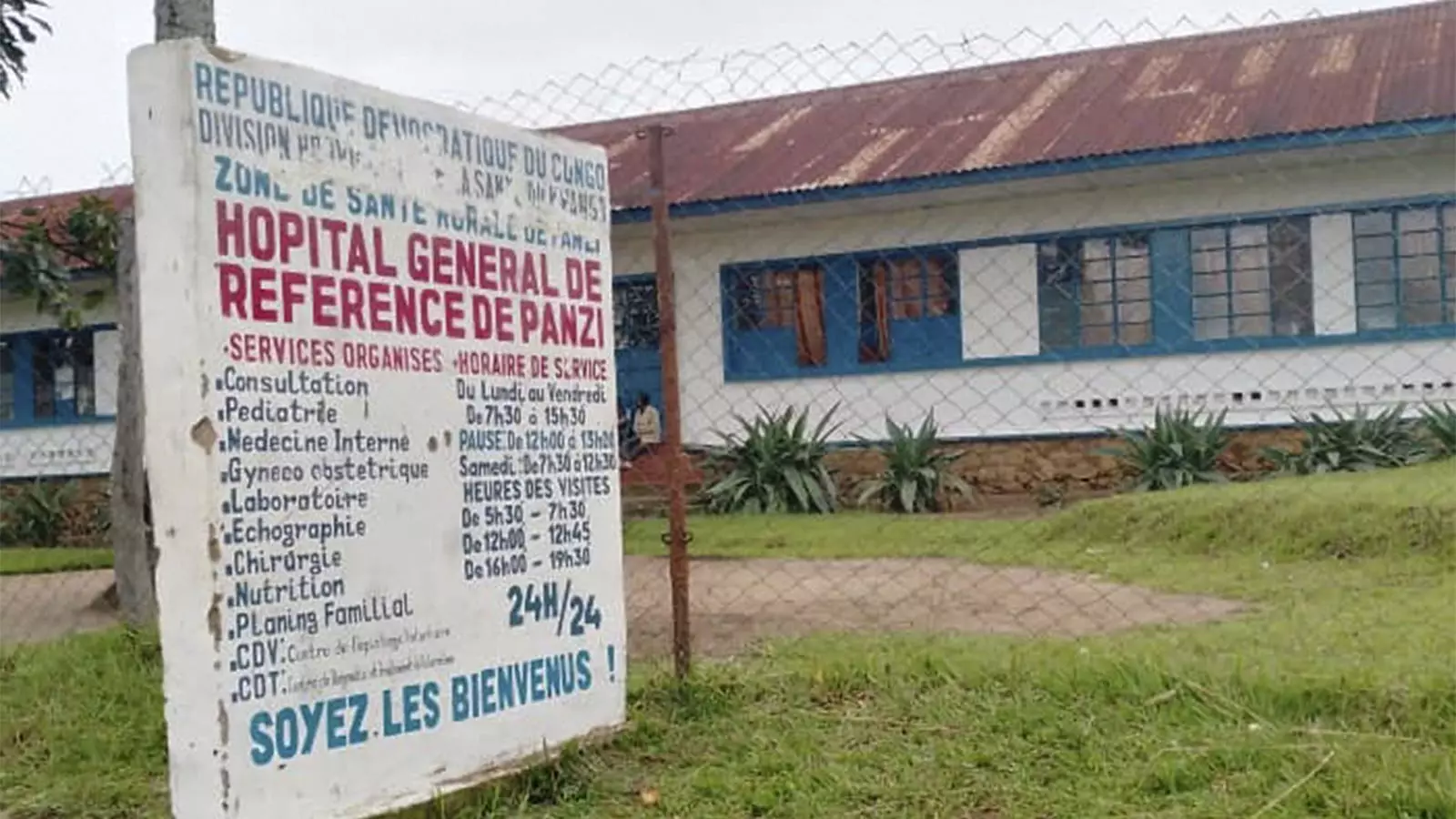In western Congo, a grim situation is unfolding as health authorities report a mysterious outbreak that has claimed the lives of dozens, with suspicions that it may involve a previously unidentified virus along with malaria. The context of this outbreak is made even more complex due to the existing challenges presented by malaria and malnutrition in the region. As of now, the fatality count stands at 37, and the total number of reported cases has soared to 592, raising alarms among public health officials and local communities alike.
Initially, health authorities in Congo posited that malaria was the primary cause behind the outbreak, given that more than 80% of the afflicted individuals have tested positive for the disease. However, the recent death of a man exhibiting symptoms typical of hemorrhagic fever has sparked concern that there may be another factor at play. Hemorrhagic fever is generally not associated with malaria, leading health officials to explore the possibility of a viral infection that could be exacerbating an already dire public health crisis.
The identification of a man showing symptoms of hemorrhagic fever in the remote Panzi area marks a pivotal moment in understanding the full scale of this outbreak. It raises questions about the transmission dynamics of the diseases involved, prompting health experts to speculate whether the outbreak represents “severe malaria on a background of malnutrition” or “a viral infection occurring alongside malaria.” This dual-threat hypothesis complicates the already challenging diagnostic landscape in a region suffering from endemic malaria and a malnutrition crisis.
A team from the World Health Organization (WHO), alongside Congo’s National Rapid Response Team, has been dispatched to the outbreak’s center in Panzi. Despite being over 435 miles from the capital Kinshasa, the experts faced challenging travel conditions and a significant lack of local testing capacity. Samples from patients must be transported to distant facilities for analysis, a situation that delays diagnosis and treatment significantly. Notably, the region has a recent history of serious epidemics, including a typhoid fever outbreak just two years prior, underscoring its vulnerability to infectious diseases.
The WHO has confirmed that many of the cases reported involve children under the age of 14, illustrating the outbreak’s devastating impact on the youngest and most vulnerable populations. Their symptoms—fever, headache, cough, and severe anemia—are common in both malaria and many viral infections, making it incredibly difficult for providers to discern the actual cause of illness without advanced testing.
The unfolding crisis in western Congo highlights the critical role of effective public health communication and infrastructure in response to outbreaks. Timely data collection and dissemination are vital for managing such health emergencies. The continuous accumulation of samples by investigators indicates an effort to understand the outbreak patterns more intricately and determine the appropriate medical response.
As experts await additional test results from national laboratories, it becomes increasingly vital that local health systems are bolstered to improve capacity for rapid response. A health system equipped to address both infectious diseases and malnutrition simultaneously would stand a better chance of mitigating the impacts of current and future health crises in such vulnerable regions.
In light of the troubling developments in western Congo, it is paramount for the global health community to engage with affected regions to strengthen their healthcare capacities, ensure timely interventions, and bolster preventive measures against future outbreaks. The interconnectedness of health issues—such as malnutrition, malaria, and potential viral infections—necessitates a holistic response that transcends traditional silos in public health approaches.
As the story continues to unfold, collaborative efforts between international health organizations and local governments will be crucial. The health and well-being of the individuals—particularly children—impacted by this outbreak depend not just on understanding the immediate health threats, but also on fostering long-term strategies that promote resilience against the complex challenges faced by communities in Congo and beyond.


Leave a Reply